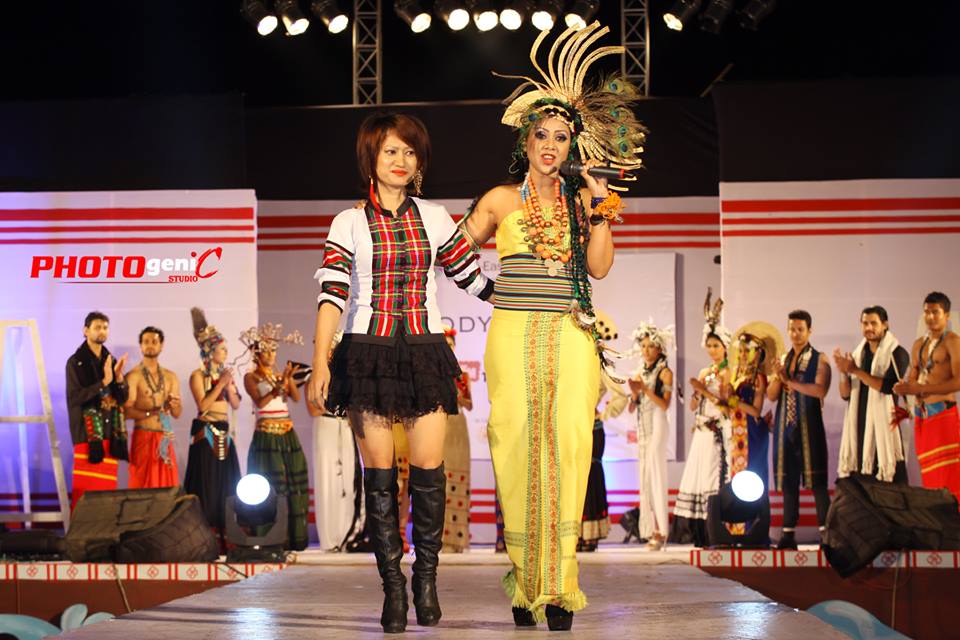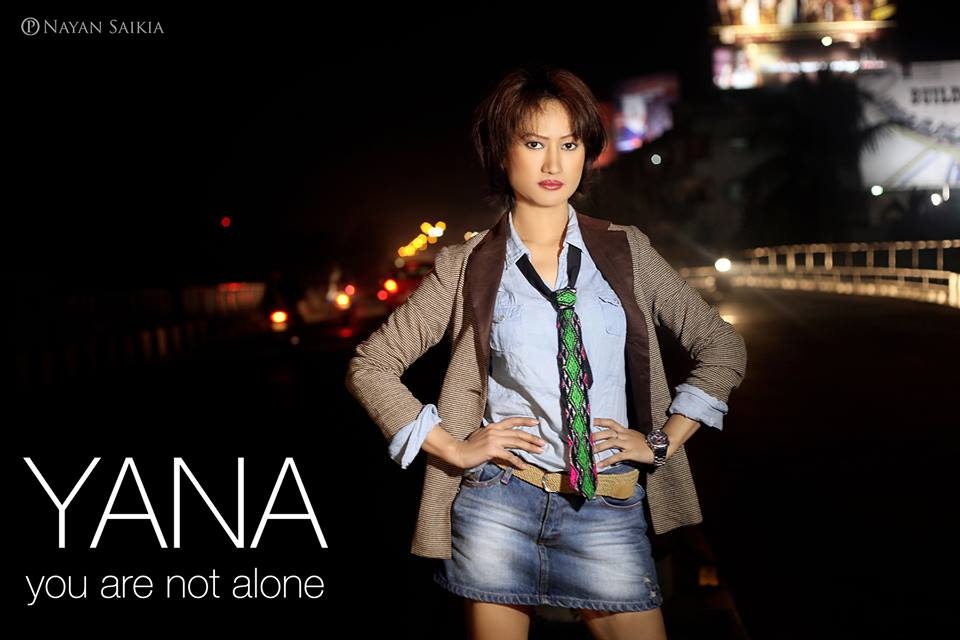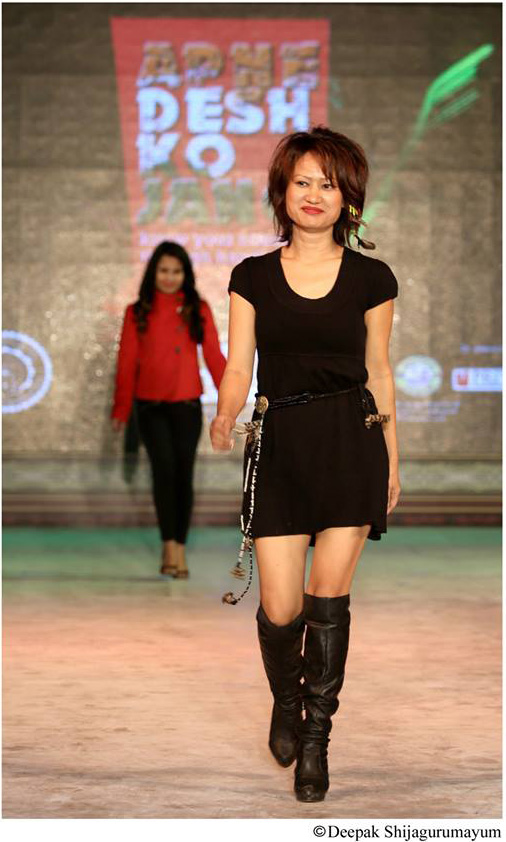
For Yana Ngoba, a young fashion designer from Arunachal Pradesh, nothing could have been more satisfying than showing her creations in her home state to an appreciative audience. As models walked down the ramp in her multi-ethnic designs at a recent show in Itanagar, Ngoba’s hard work and persistence was rewarded. Her label, YIS, is a recreation of traditional Northeastern dresses and fabrics into chic and trendy outfits. The label is already available in Guwahati and will soon be there in Arunachal Pradesh, Shillong and Bangalore. Interestingly, she has woven ethnic Northeastern motifs into lehengas, salwar kameez and saris too. Talking to NE Travel and Life, Ngoba tells us how she turned her dream into a reality.
Growing Up On Style
Ngoba’s initiation into designing began at the age of 12. The fact that her mother wove and created ornaments was the driving force behind her creativty. Without any formal training – except for a three month course from Sualkuchi Institute of Fashion Technology, Kolkata – she started designing her own clothes. As she says, “I am a born designer with a natural gift.” Her first exposure came immediately after she completed high school when she was part of a show in Itanagar. “Somehow I was very normal. I felt as if I have been doing shows,” she says, talking about her confidence during her first show.
Creating a Brand
In 2013, Ngoba launched her own label, YIS, which stands for Yana In Style. Under this label, she sells dresses and accessories. She has ingeniously combined the artistic heritage of Arunachal Pradesh and contemporary styles to create designs which are classic yet trendy and chic. Through her clothes, traditional Arunachali motifs, fabrics and designs have been made accessible to a younger generation. Her strength, as she says, is her vast knowledge about her home state in particular and the Northeast in general. And this knowledge gets creatively used in her designs. “I use a lot of brass, bronze, agate, shells, wool, cane, bamboo, hand-woven fabric and hen feathers in my designs. I enjoy giving a new lease of life to handloom fabric, beads, bamboo and even broken jewellery by creating neck-pieces, bracelets and earrings, and wearable garments,” says the young designer.

Setting a Trend
In 2010 and 2011, Ngoba became the first designer to show a collection of designer clothes and accessories made out of waste paper. Her effort is always to create something which would eventually contribute to the larger good of society. She says, “My idea is to create and recreate. At the moment I’m experimenting with the handloom of 28 states of India.” She is concerned about the decline of the handloom industry across the country, and believes that if designers worked with handloom and loin loom, it would make a big difference to the blossoming Northeast fashion industry.
“We ( NE designers) have a bright future, as we are the trendsetters,” says Ngoba. “We just need the right media attention.”
Design Today
Fashion in the Northeast is part of the daily life unlike in the rest of India. “Fashion in/of Northeast region is very different from the rest of the country,” says Ngoba. In the Northeast, girls, boys and even adults experiment with different styles in their daily life. They wear everything from ethnic Indian wear to western wear. On the other hand, in the rest of the country, fashion is confined to the rich and the super rich and of course, Bollywood.
Passionate about fashion, She dreams of a day when people will not differentiate between a designer from the Northeast and one from any other part of the country. “I don’t understand this difference between ‘national’ and ‘Northeast’ designers. If I take part in Lakme, Wills Lifestyle shows, only then am I supposed to be considered a ‘national’ designer?” she asks. “I have done shows where I have shared the ramp with many renowned designers across the country. So, how do I get compartmentalised as a Northeast designer?” she wonders.


